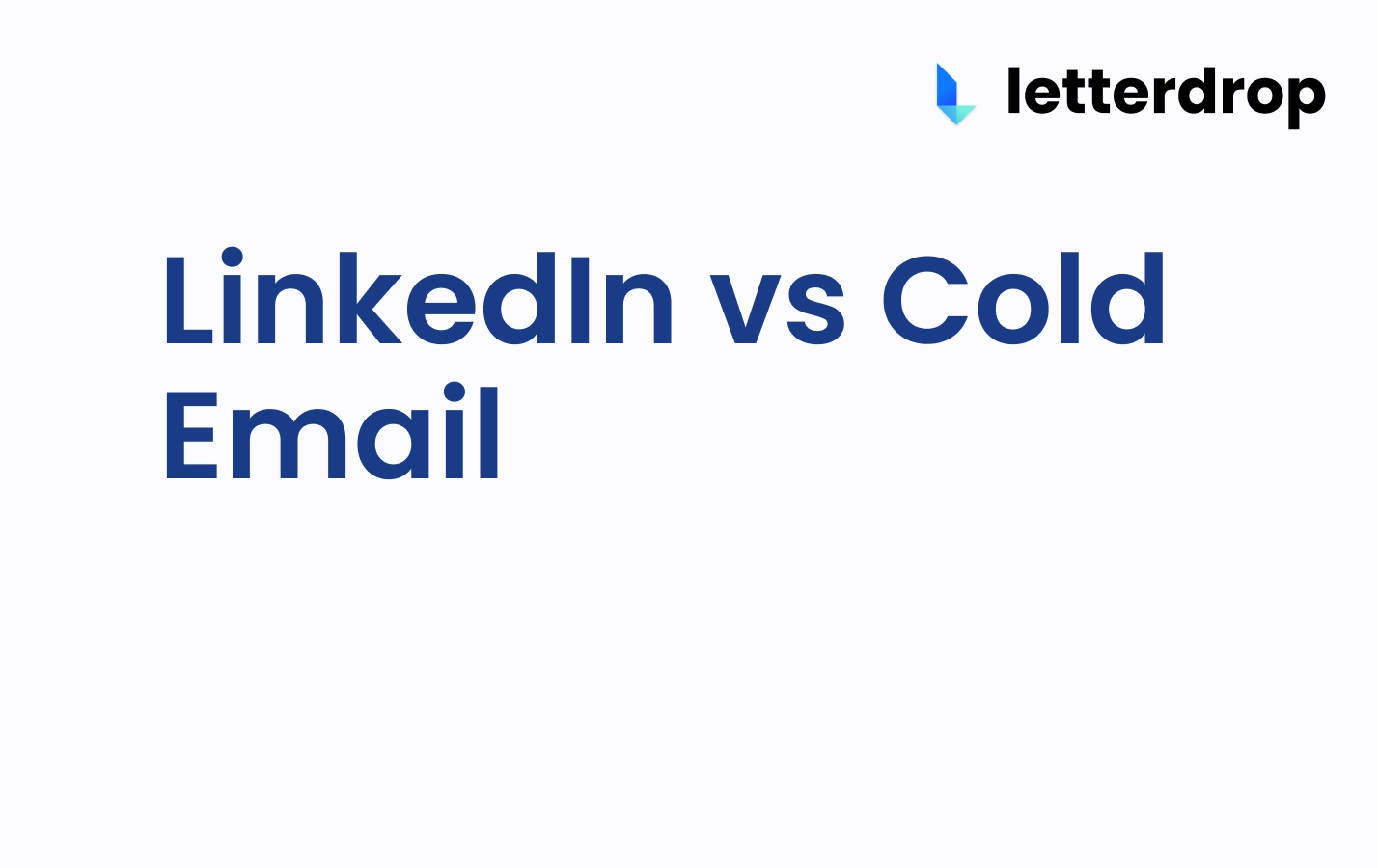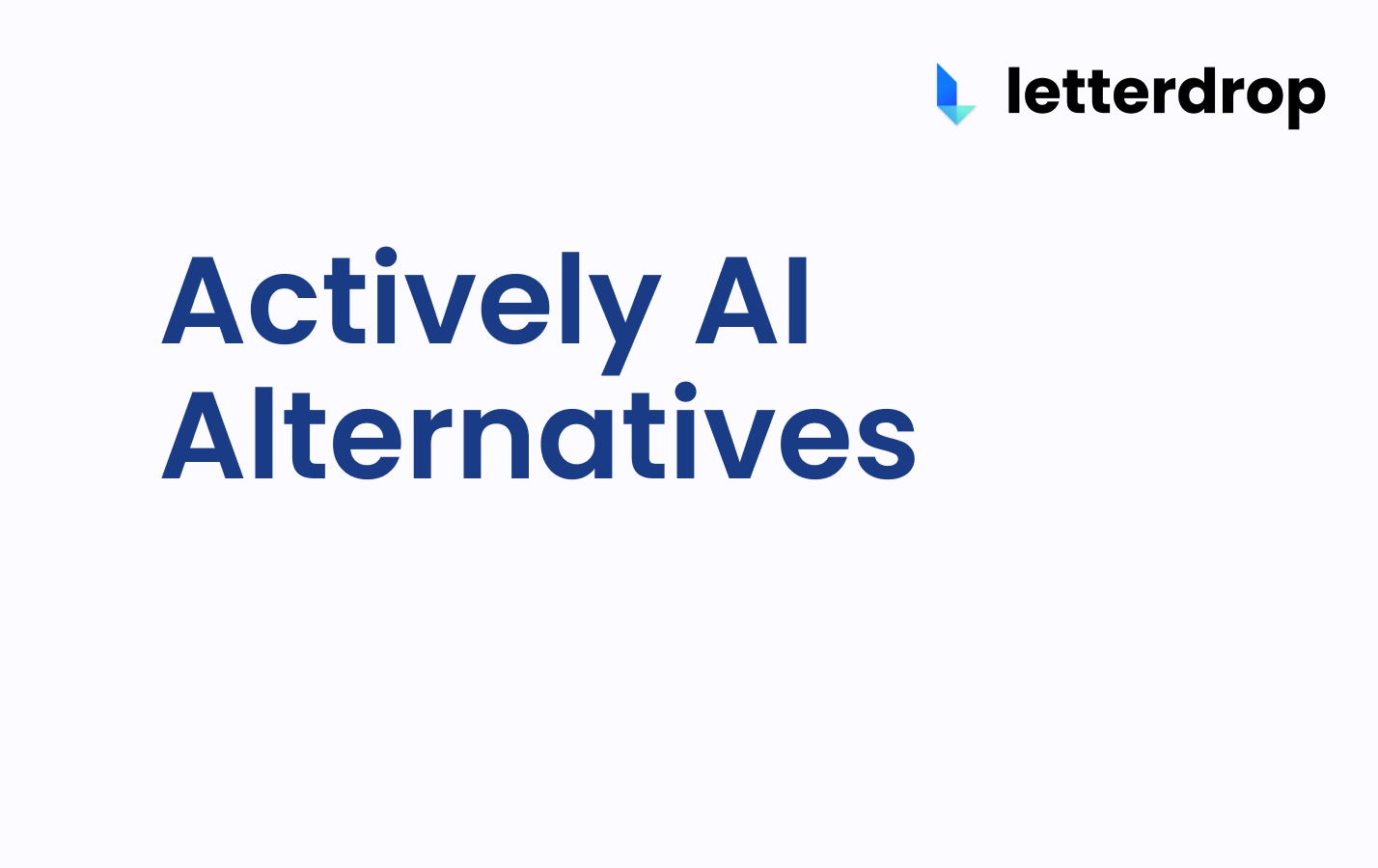How Does the LinkedIn Algorithm Work in 2025?
TL;DR:
- The LinkedIn algorithm constantly changes to show relevant content
- The algorithm ranks posts based on relevance, expertise, and engagement
- Its recent update focuses on rewarding "knowledge and advice"
- Tips to increase visibility include sharing real experiences and engaging with others' posts
- Use AI to brainstorm, not write posts entirely
With over one billion users and counting, LinkedIn continues to be the best networking and user acquisition platform for professionals — specifically, for B2B. In fact, LinkedIn classifies 63 million users as "decision-makers."
The LinkedIn algorithm is constantly changing, and it's important for users to know how said algorithm works if they want continued visibility and reach on the platform.
What Is the LinkedIn Algorithm?
The LinkedIn algorithm is a system of rules put in place to show users content most relevant to their interests and to uphold the quality of content on the platform. It's constantly updated to keep users' feeds personalized and free of spam.

How Does the LinkedIn Algorithm Work?
Posts are ranked according to three broad categories:
- Relevance — The algorithm takes into account your connections, recent interactions, and signaled interests when prioritizing what appears on your feed
- Expertise or Authority — The algorithm evaluates the professional background of the person posting in an attempt to separate credible and non-credible posts
- Engagement — The algorithm looks at factors such as the number of likes, comments, and shares a post receives. Posts with higher engagement are more likely to be shown to other users, especially if this engagement happens quickly. This is also used as a predictive model for future posts
The algorithm tests post engagement on a small group of followers before expanding to a larger audience. This is referred to as the "golden hour" of the algorithm as it monitors engagement and the capacity to generate discussions.
If this initial engagement is good, the post is distributed further. If not, or if the post is flagged as spam, it won't be shared further.
What constitutes spam?
- Emoji polls
- Chain letters
- Overly self-promotional posts
- Posts that beg for likes and engagement
The algorithm continues to monitor content even in the aftermath of the initial posting, making sure to continually push quality content to users' feeds.
The 2022 LinkedIn Algorithm Update and Beyond
LinkedIn's Editor in Chief, Dan Roth, and Senior Director of Engineers, Tim Yerka, recently featured on a Problem Solvers podcast episode to talk about the LinkedIn algorithm.
Both of them emphasized the futility of folks trying to "game the algorithm" since it's constantly changing to make users' experiences better. Basically, if you share truly valuable content with your networks, the algorithm will reward you.
In 2022, there was an official shift implemented to the algorithm from a focus on viral posts to rewarding "knowledge and advice" — not too different from Google's EEAT system.
"We want to unleash a sum total of professional knowledge on our platform and make sure it surfaces whenever you need it." — Tim Yerka
LinkedIn is moving away from the viral notion of "creators" and toward a more professional and economic focused direction.
An array of features have been released to get this expert knowledge to users:
- Custom buttons let users add CTAs to profiles
- Collaborative articles use AI to generate initial drafts for users to improve
- You can easily distribute newsletters to subscribers
- The "Suggested Posts" feature matches users with relevant evergreen content

How to Increase Visibility and Ranking on LinkedIn
Now you know how the algorithm works and its most recent changes — so, how do you become more visible on LinkedIn?
We wrote a guide on how to sell on LinkedIn if you want more detail, but here are the key takeaways.
1. Share Real Experiences
Folks are on LinkedIn to build meaningful connections and advance their career. Sharing your own experiences can help others as well as build a community of your target ICP.
And these experiences don't strictly need to be yours. Talking to customers on sales calls and sharing their stories and testimonials is an excellent way to show social proof of how you're able to help others with your product.
Share:
- Customer case studies or stories (clips or short write-ups)
- What you've learned recently
- Failures and triumphs
- Past experiences

2. Share Podcast and Webinar Clips
Clips from interviews with subject matter experts — whether on a podcast or webinar you've hosted or attended — always perform well on LinkedIn. They're also known as "talking head" videos.
They provide unique, high-value perspectives that a) can't easily be copied and b) can really help you score high in terms of the algorithm's "expertise" focus.

3. Share Proprietary Data
If you're looking to stand out on LinkedIn and share expertise, conduct your own research on a topic and share your findings on LinkedIn.
This can be in the form of:
- Carousels
- Infographics
- Short videos
- Clips or text snippets from a study

4. Get Your Entire Team Posting and Engaging on LinkedIn
People buy from people, and the LinkedIn algorithm prioritizes posts from personal accounts over brand accounts.
Your team (especially your customer-facing CS, execs, and sales team) are connected to prospective buyers. They should be posting consistently to reach the combined force of all your networks, thanks to LinkedIn's network effects.
And if they're engaging with all the content everyone is putting out, you're maximizing reach and telling the LinkedIn algorithm that your content is worth pushing.

It might seem like a lot of work to incentivize and beg people to engage.
We wrote a playbook for LinkedIn and how to turn it into a primary acquisition channel, to get you to parity with companies like Refine Labs and Lavender.
5. Engage with Others' Posts
It's as important to like and comment on other people's posts as it is to post from your accounts.
This is true for two reasons:
- You add value to your network by engaging in meaningful discussions, which the LinkedIn algorithm picks up on
- You can organically borrow audience from other folks, growing your reach
6. Use AI To Brainstorm, Not Write For You
While LinkedIn has introduced generative AI to the platform, it's never a good idea to rely on AI alone for your posts. They'll turn out generic and unhelpful, which in turn doesn't win you any points with the LinkedIn algorithm.
You can use AI to brainstorm or write up first drafts of LinkedIn posts — we do that at Letterdrop using pre-built templates, which cuts down the time taken on drafting LinkedIn posts.
Share Expertise to Stay Relevant on LinkedIn
It's no longer viable to try and game the LinkedIn algorithm with techniques that strictly belong to the "B2C influencer" world — ie, with the desire to "go viral."
Just like with Google, if you want to get maximum visibility, you need to be sharing genuinely valuable posts and leveraging your team to maximize their reach.
Visit our guide on turning LinkedIn into an acquisition channel for an in-depth analysis of how to best leverage LinkedIn (and its algorithm) to get qualified eyeballs on your content.
Subscribe to newsletter
No-BS GTM strategies to build more pipeline in your inbox every week
Related Reading
Some other posts you might find helpful
















